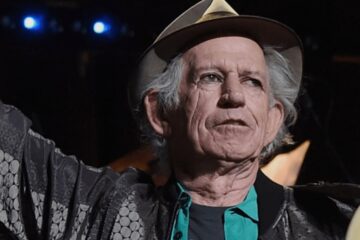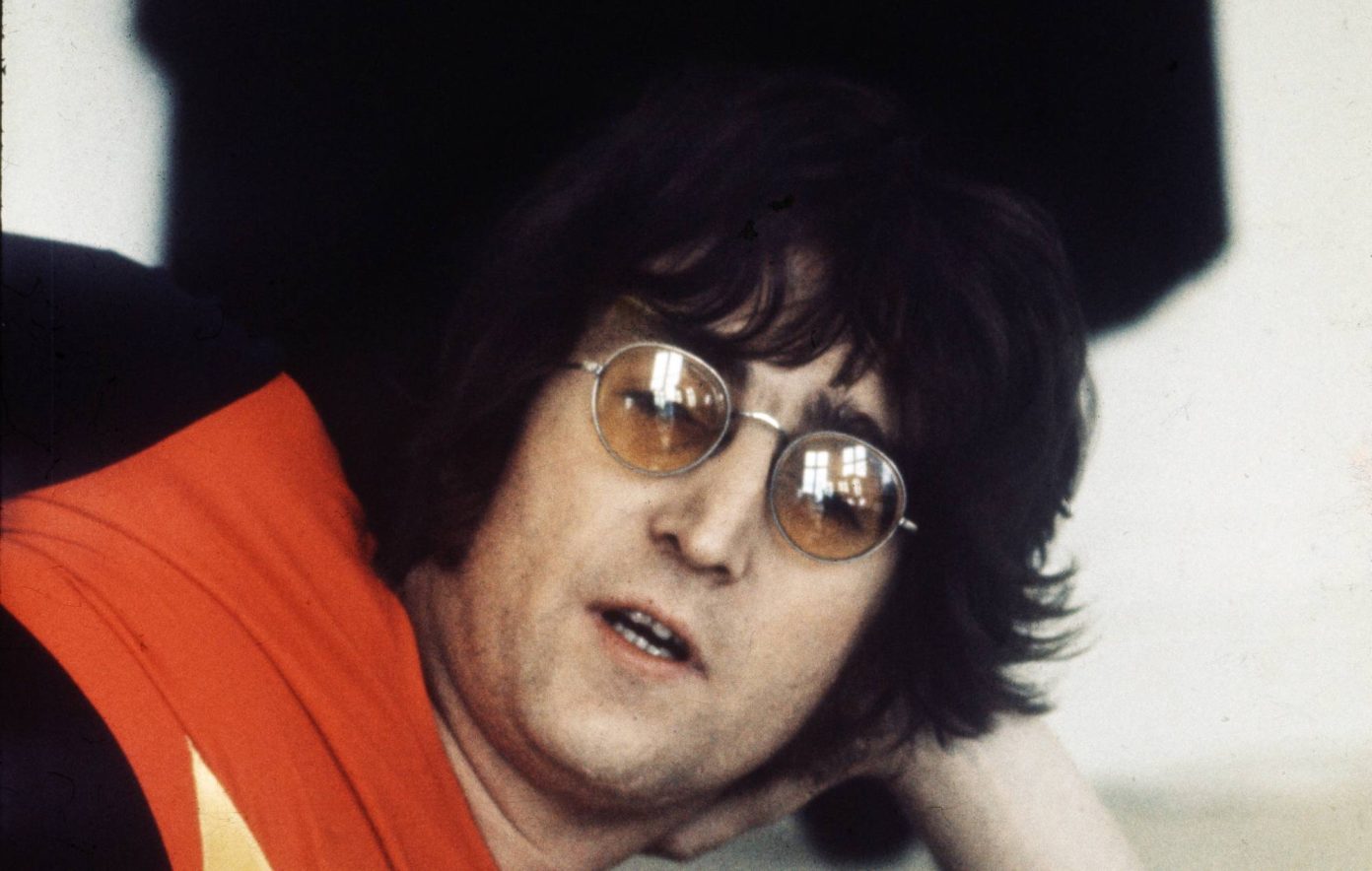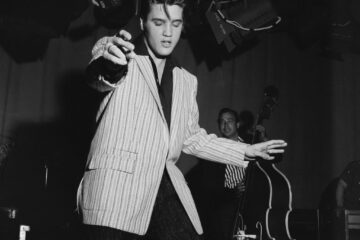Nobody could have predicted the mammoth success story that The Beatles became during the 1960s. From a teenage skiffle band in Liverpool, the group became global ambassadors for a new age of rock and pop music, the likes of which had never been seen before and, truthfully, have not been seen since. During their relatively short time together, the Fab Four forever altered the music industry, but such a huge reputation comes with its fair share of difficulties and limitations.
The music industry never misses a trick, so when The Beatles established themselves as an unparalleled force for commercial success, the group were quickly pressured into repeating that success over and over again. While it would be egregious to claim that the band were ever at risk of growing stale or repetitive, with each new album offering a new layer to the sound and quality of the Fab Four, the constant circus of touring, recording, and having every industry executive under the sun trying to get their share certainly took its toll on the creative output of the band.
Particularly in the wake of Beatlemania, The Beatles were stuck in something of a creative rut. All of a sudden, they were not four young lads from Liverpool anymore, they were The Beatles: a name known the world over for creating timeless pop rock anthems. These preconceived notions about the group were at risk of restricting their creative process; if the band wanted to continue to create trailblazing, original material, something of a reinvention was in order.
So, in an attempt to do just that, the band began to plan not just a new record but an entirely new identity for themselves as Sgt. Pepper’s Lonely Hearts Club Band. This newfound alter-ego for the group—based around the fictitious Sgt. Pepper—allowed The Beatles to experiment with a vast array of different sounds and influences. These elements would have seemed alien to listeners at the time, who already had preconceived notions of what The Beatles should sound like.
The resulting album, an inarguable highlight within their discography, saw the group establish their psychedelic leanings, pioneer modern music production techniques, and pave the way for all future concept albums. According to Paul McCartney, who first drummed up the idea for Sgt. Pepper’s, this change in style was all done by design. “We were pretending to be Sgt. Pepper’s Lonely Hearts Club Band,” he said in 2021, “Because that was the whole idea of that record. The whole idea for that record was that we were going to have alter-egos.”
“We thought, if we make another record under The Beatles, when I walk up to a microphone it’s Paul walking up to a microphone, when John walks up it’s John singing the song,” Macca continued, explaining the creative limitations that The Beatles’ success had put upon them. So, in answer, the group thought, “It’d be quite nice if it’s not Paul, if it’s this guy out of another group.”
The band did just that, creating an entirely different, fictitious group to record that seminal 1967 album. Even the album cover of Sgt. Pepper’s seemed to signal a new era for the band, with The Beatles’ name rendered in flowers, as if it were a funeral procession. “We freed ourselves,” McCartney said of the album, “and made a very free record because of that.”
If you look at the material put out by the band in the years after Sgt. Pepper’s, and compare it to those earlier records, the difference is night and day. Gone were the loved-up pop singles, replaced with innovative and experimental psychedelic offerings, which forever cemented the name of The Beatles, not just as a pop tour-de-force but as a musical revolution that forever changed the landscape of the industry.



